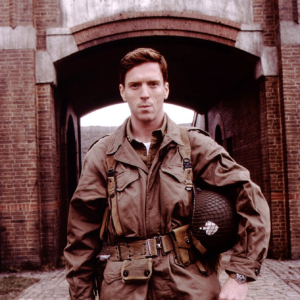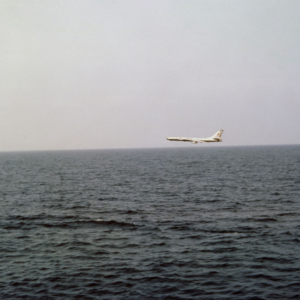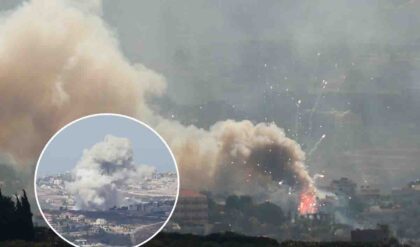“The sound of the MG42 machine gun was like a zipper. It took the lives of many enemy soldiers,” said Oliver W. Martin Jr., a veteran of the US 13th Armored Division.
When World War II broke out in 1939, the Nazi army had the MG34, a general-purpose machine gun that was reliable and rugged, but it was expensive and took a long time to produce.
The German High Command wanted to equip the army with more machine guns, so it ordered the design of a new weapon that could fire as fast as the MG34 but was cheaper and faster to produce.
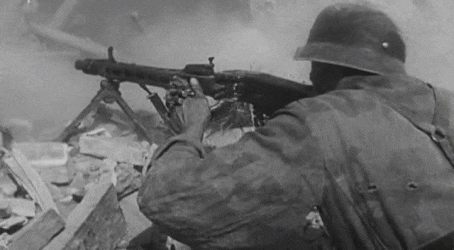
The Mauser-Werke factory developed a machine gun that used 7.92 mm ammunition with a 50- or 250-round magazine, which was the MG42.
The MG42 machine gun also uses rolled and welded steel parts using a new technique that reduces production time by 35%.
This machine gun has an effective range of up to 701 m, and a total weight of 11.3 kg. The gunner can change its barrel in a snap.
After many encounters with this powerful machine gun, American soldiers called the MG42 “Hitler’s circular saw”, because of the way it slashed across the formation, causing enemy infantry to fall like straw.
The Soviet Red Army called it “the cloth cutter” because of the wind-cutting sound of the bullets created from the extremely fast firing speed.
The Germans gave it the terrifying nickname “the bone saw”.
Not only that, they also built an entire infantry tactic for units equipped with this weapon.
Many military historians believe that the MG42 is the best general-purpose machine gun ever made.

With some variants of this machine gun, it could fire up to 1,800 rounds per minute, nearly twice as fast as any automatic weapon of any army at the time.
However, this machine gun also had its limitations. With its extremely fast rate of fire, the MG42 consumed a lot of ammunition and could not fire single shots, so it overheated very quickly, causing the barrel to turn red hot.
In the early stages of the war, just hearing the MG42 fire in a salvo was enough to scare American soldiers.
The situation was so bad that the US military had to produce a film to boost the morale of soldiers panicked by the reputation of this gun.
In fact, the MG42 machine gun killed or seriously injured tens of thousands of Allied and Soviet soldiers.
American military historian James H. Willbanks said that the MG42 appeared almost everywhere on the European battlefield, from gun emplacements to pickup trucks and Panzer tanks.
The terrible power of the MG42 machine gun even shaped German infantry tactics in World War II.
While American and British strategists focused only on the role of rifles, considering machine guns as only supporting fire for infantry attacks, the Germans considered the machine gunner as the center of the formation, while other soldiers only played a supporting role.
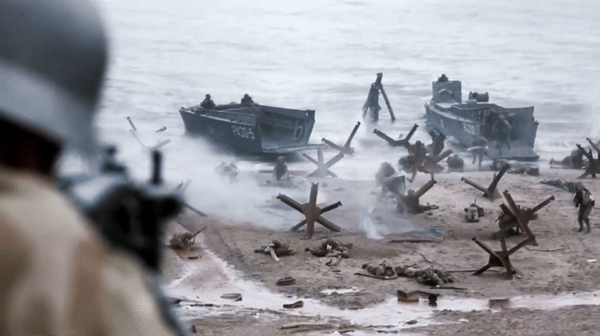
Each MG42 battery had 6 gunners, including a commander, gunner, a soldier carrying the gun base and three other soldiers carrying replacement barrels, ammunition and other equipment. When Allied infantry attacked the strongholds protected by the MG42, the German gunners would open fire to create a barrage of suppressive fire against the enemy.
In this situation, all the Allied soldiers could do was hide well, wait until the German soldiers changed barrels, or when the guns ran out of ammunition, or wait for the tanks to blow up the enemy machine gun nests. After World War II, the MG42 machine gun continued to be used by West Germany and developed into a new variant, the MG3.
News
How Hezbollah & Israel counter-attack after the Lebanon Explosion
How Hezbollah & Israel counter-attack after the Lebanon Explosion This is how Hezbollah responded to Israel after the sophisticated pager and walkie-talkie explosions, which occurred across Lebanon. They retaliated by launching guided missiles for the first time. The three strikes…
[MUST WATCH] In pictures: The deadliest day in Lebanon in nearly a year of conflict
In pictures: Israel strikes hundreds of Hezbollah targets in Lebanon Israel attacked hundreds of Hezbollah targets on Monday in airstrikes, making it the deadliest day in Lebanon in nearly a year of conflict. Smoke billows over southern Lebanon following Israeli…
BREAKING NEWS: US sends more troops to Middle East as violence rises between Israel and Hezbollah
US sends more troops to Middle East as violence rises between Israel and Hezbollah Violence between Israel and Hezbollah is raising risk of a greater regional war. WASHINGTON — The U.S. is sending a small number of additional troops to the…
Easy Company Facts Even Hardcore Fans of ‘Band of Brothers’ Don’t Know
Photo Credit: HBO / Getty Images HBO’s 2001 miniseries, Band of Brothers, has continued to gain popularity in the decades since its release. This is partly due to later generations having greater access to the series – in particular, via…
Mighty MO – USS Missouri (BB-63) Video and Photos
There are three other ships in the United States Navy which were named after the state of Missouri besides the battleship USS Missouri (BB 63), and although she became associated with the history of the Japanese raid at Pearl Harbor, she…
A Soviet TU-16 medium jet bomber flies past the anti-submarine warfare support aircraft carrier USS Essex
That Time A Soviet Tu-16 Badger Crashed Into The Sea After Buzzing A U.S. Aircraft Carrier A screenshot from the video filmed aboard USS Essex shows the Tu-16 Badger flying very low close to the aircraft carrier. Low pass with…
End of content
No more pages to load



